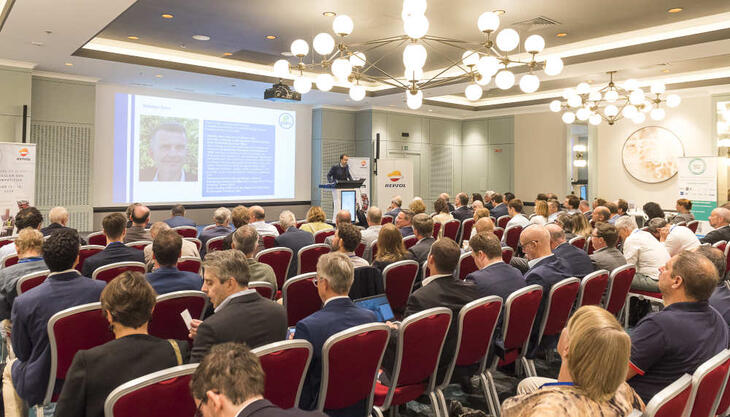
At a press round table during the K 2016, the leading trade fair for plastics, PlasticsEurope has presented the latest production, demand and waste management data. The world production level of plastic materials has increased from 311 million tonnes in 2014 to 322 million tonnes in 2015, an increase of almost 4%. The European plastics industry ranks second in world production and continues its stable trend with a share of around 18% of the world production as a continuation of its recovery. Yet China remains the largest producer with over 27% of world production.
At the European level, the plastics demand was 49 million tonnes. Plastics producers have benefited from the recovery of its customers’ industries such as the packaging sector which stands for almost 40% of the total demand, building & construction with around 20% of total demand and automotive sector with nearly 9%. The European country with the highest demand is Germany with approximately 25%, followed by Italy with over 14% and France with almost 10%.
In 2015, the European plastics industry has maintained a positive trade balance of over 16.5 billion euros. For plastics producers, the top trading partners for exports (in value) outside the EU were Turkey with over 13%, China with around 12% and Usa with almost 12%. The main partners for imports from outside the EU were: Usa with approximately 25%, Saudi Arabia with about 13% and South Korea with over 12%.
 "The
European plastics industry is facing regional and global economic challenges.
However, as an industry, we have always adapted to changing circumstances.
Today, our industry is a major contributor to wealth and growth in the EU
ranking 7th in industrial value added. In 2015, through taxes and
social welfare, the plastics industry generated close to 27.5 billion euros for
public finance, showing the plastics industry as a pillar of the European
economy”, said Patrick Thomas, president of PlasticsEurope and CEO of Covestro.
"2016 can be seen as a year of positive growth for the European plastics
industry. Nevertheless, in order to achieve future growth, Europe must put in
place appropriate measures to ensure Europe’s competitiveness”, he concluded.
"The
European plastics industry is facing regional and global economic challenges.
However, as an industry, we have always adapted to changing circumstances.
Today, our industry is a major contributor to wealth and growth in the EU
ranking 7th in industrial value added. In 2015, through taxes and
social welfare, the plastics industry generated close to 27.5 billion euros for
public finance, showing the plastics industry as a pillar of the European
economy”, said Patrick Thomas, president of PlasticsEurope and CEO of Covestro.
"2016 can be seen as a year of positive growth for the European plastics
industry. Nevertheless, in order to achieve future growth, Europe must put in
place appropriate measures to ensure Europe’s competitiveness”, he concluded.
As for the plastic waste treatment management data for Europe, latest figures are from 2014. Compared to 2012, the data from 2014 shows that almost 26 million tonnes of post-consumer plastic waste ending up in the official waste streams (+1%). Almost 70% was recovered through recycling and energy recovery processes while around 30% still went to landfill.
"In view of the European Commission’s proposal to stimulate Europe's transition towards a circular economy, we are convinced that this initiative offers an opportunity to accelerate a shift towards a resource efficient and competitive Europe. To make this happen, proper waste management coupled with suitable measures at European and global level are needed to respond to the problem of plastic waste in the environment”, said Patrick Thomas.























